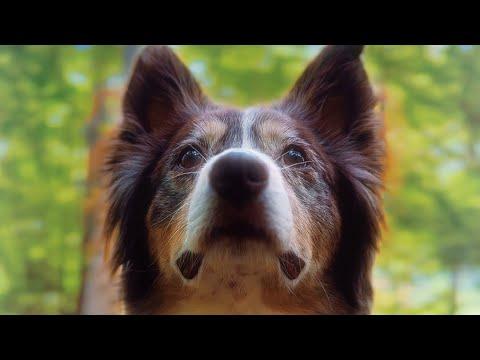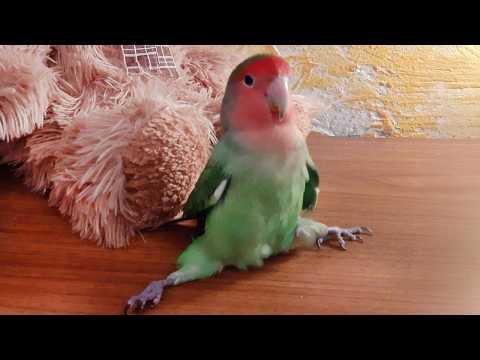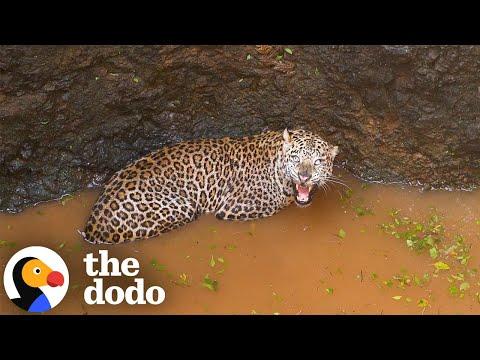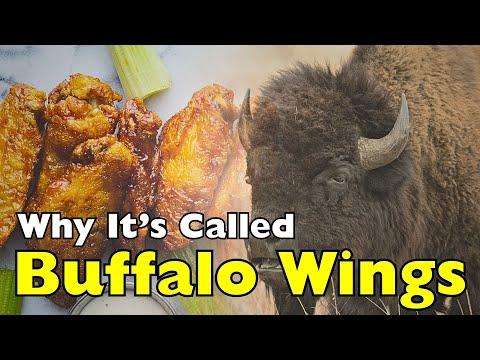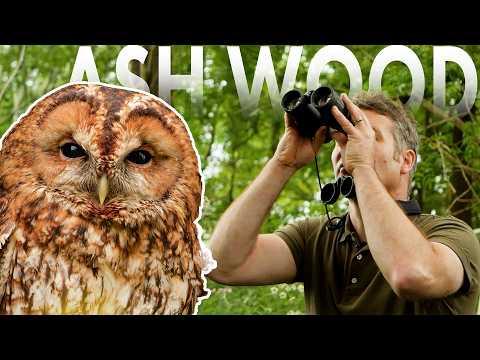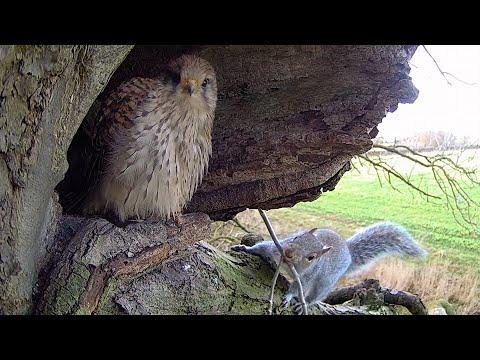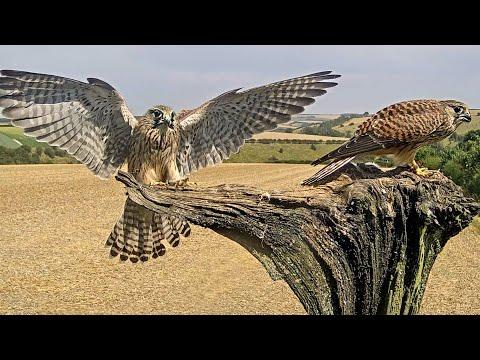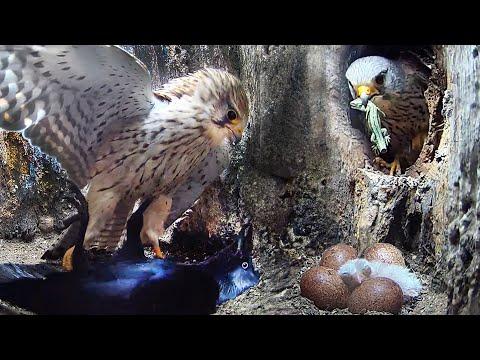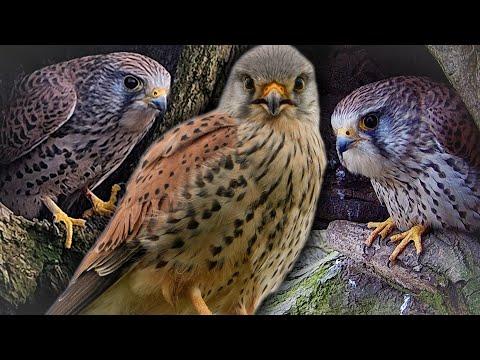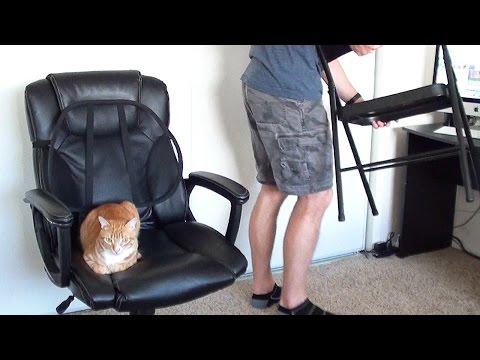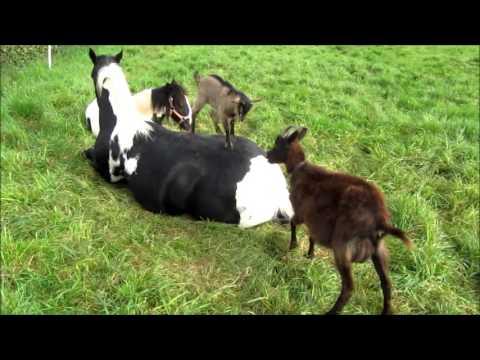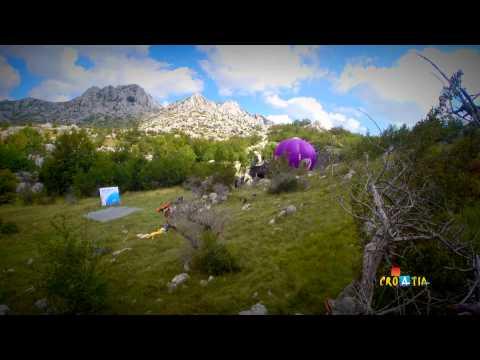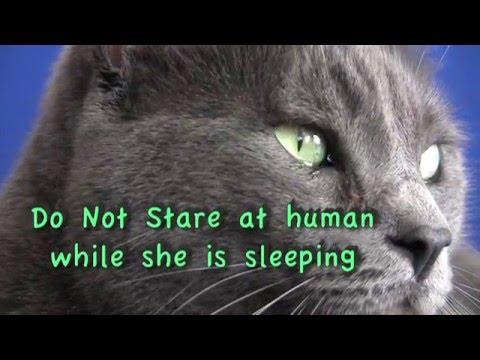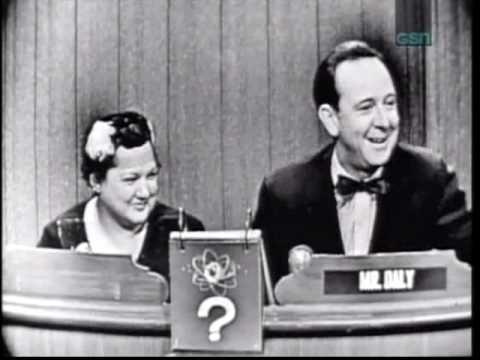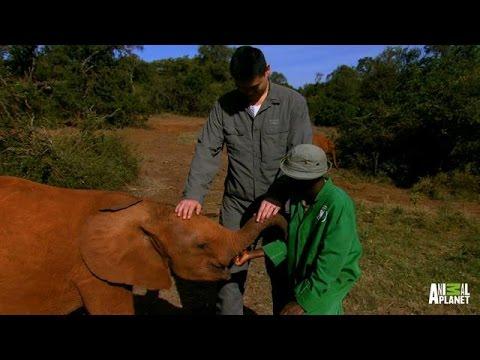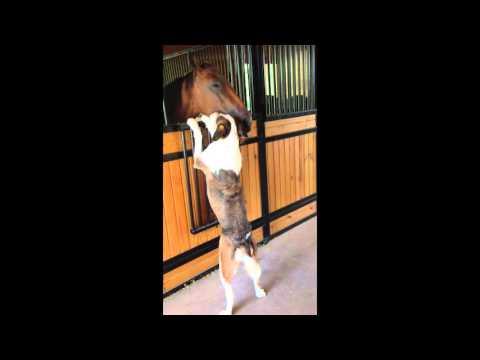Description
Today's video documents the rescue and release of five kestrel chicks into the wild. The narrator, Robert Fuller is involved in wildlife conservation, shares the process of receiving, releasing, and monitoring these young birds, highlighting the collaborative efforts of wildlife organizations in Yorkshire, England.
Arrival and Release
Receiving the Chicks: The narrator receives three young kestrel chicks from various locations across Yorkshire, found by members of the public. The birds are brought to the site for release, with the cooperation of the Birds of Prey Centre, Battle Flat Veterinary Clinic, and Ryel Rehabilitation.
Release at Fdale: The kestrels are released into a sycamore stump at Fdale, a location previously used for successful releases. The narrator uses a network of cameras to monitor their progress, ensuring the chicks adapt to their new environment.
Settling and Observations
Initial Settling: The narrator allows the kestrels to settle in the nest, noting that these birds, being slightly older, do not need to be confined for acclimatization.
Early Activities: Within 20 minutes, the first kestrel is observed exploring the nest entrance, followed by the second. The third chick remains more cautious initially.
Fledging: The first chick eventually perches on top of the nest, while the third finds an alternative exit, displaying its readiness to explore.
Additional Releases and Group Dynamics
New Arrivals: The next day, two more unrelated kestrel chicks arrive and are placed in the sycamore stump with the first group.
Young Kestrels' Behavior: Despite being younger, the new arrivals quickly join the others at the nest entrance, showcasing their eagerness to explore and adapt.
Social Integration: The video captures the five kestrels flying around Fdale and returning to the sycamore stump for food, using it as a base.
Feeding and Conflict: The narrator provides ample food to avoid conflicts among the kestrels, noting that five is a typical clutch size for kestrels.
Conclusion
The video concludes with the successful adaptation of the five rescued kestrels, thriving as a group in the wild. The narrator continues to provide food while they learn to hunt, highlighting the importance of ongoing support in wildlife rehabilitation. The video closes with an invitation to like, comment, and subscribe for more wildlife content.

Comments
-
 Ham Todd
Added
The work that Robert does is amazing! Beautiful birds!
Ham Todd
Added
The work that Robert does is amazing! Beautiful birds!
-
 CharMaine
Added
Robert is an amazing man. Love all of his work. The Kestrels have quite the wingspan. Beautiful creatures . . . all made by God for us to enjoy. Thank you for posting this, Mel.
CharMaine
Added
Robert is an amazing man. Love all of his work. The Kestrels have quite the wingspan. Beautiful creatures . . . all made by God for us to enjoy. Thank you for posting this, Mel.
-
 oldtom9
Added
What an interesting story of care for these birds. Thans
oldtom9
Added
What an interesting story of care for these birds. Thans
-
 Mary Jane
Added
Wonderful video. Thanks Mel, made my day!
Mary Jane
Added
Wonderful video. Thanks Mel, made my day!
-
 Sandi Angel
Added
FANTASTIC VIDEO
Sandi Angel
Added
FANTASTIC VIDEO
-
 Mari
Added
Mari
Added



-
 dixie doodle
Added
Thank you Mel! I just love to watch Robert Fuller's videos!
dixie doodle
Added
Thank you Mel! I just love to watch Robert Fuller's videos!
-
 Paul
Added
Great video....What a kind man to aid nature !!
Paul
Added
Great video....What a kind man to aid nature !!
-
 Gordon
Added
These videos are my favorite ones. Thanks
Gordon
Added
These videos are my favorite ones. Thanks
-
 Deb
Added
LOVE WHEN PEOPLE TAKE THE TIME TO RELOCATE ANIMALS AFTER REHABILITAING, WHICH IS SUCH A TIME CONSUMING OASSION. THANK YOU FOR ENLIGHTENING ME.
Deb
Added
LOVE WHEN PEOPLE TAKE THE TIME TO RELOCATE ANIMALS AFTER REHABILITAING, WHICH IS SUCH A TIME CONSUMING OASSION. THANK YOU FOR ENLIGHTENING ME.
-
 waltraudSoldt
Added
I love the Nature Film, Thank you, wonderful.
waltraudSoldt
Added
I love the Nature Film, Thank you, wonderful.




